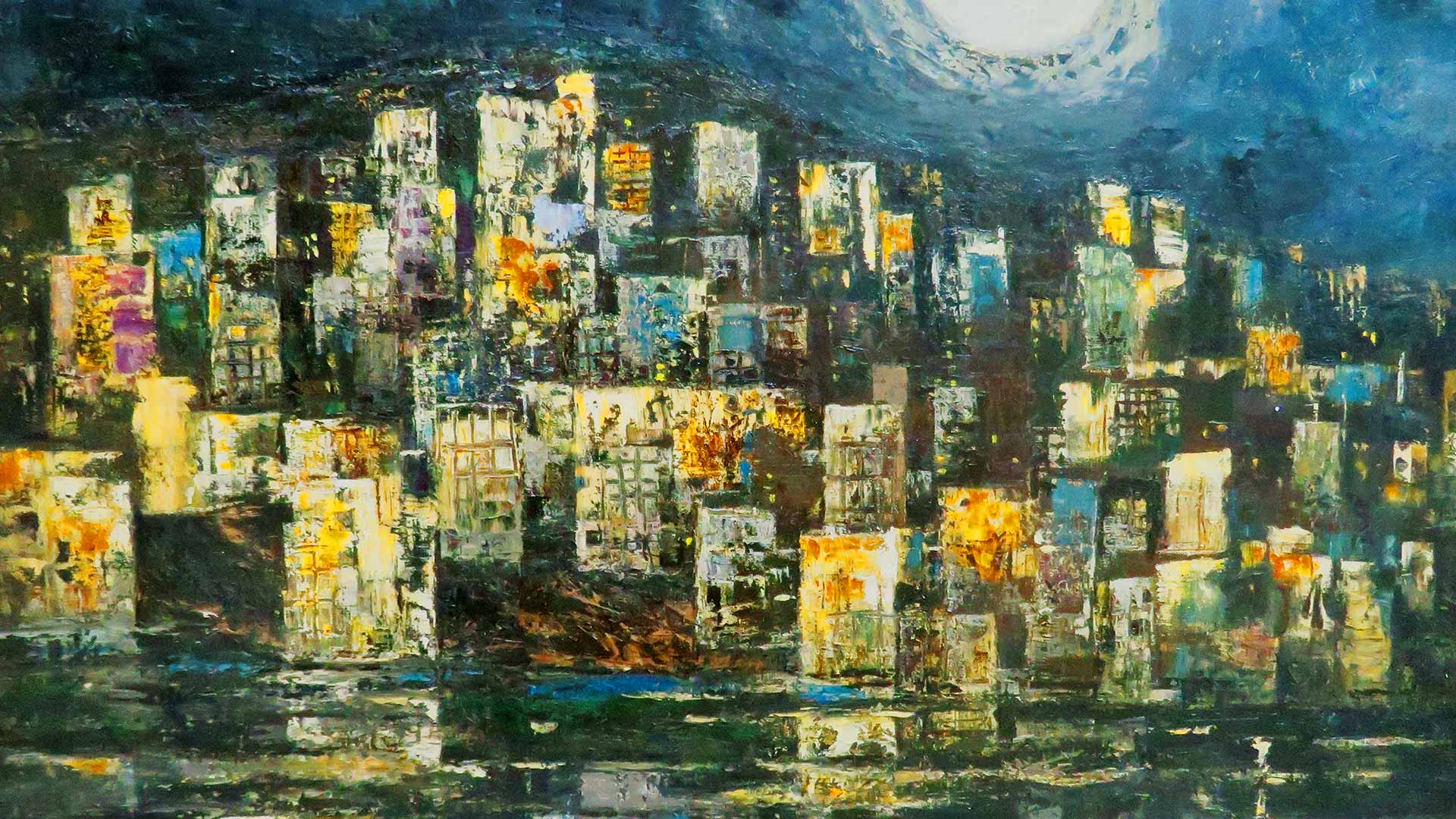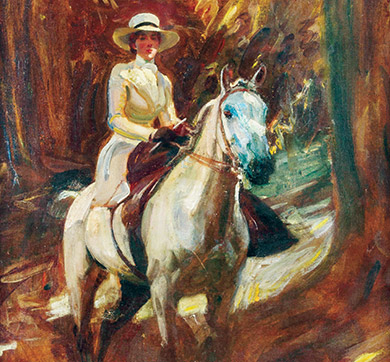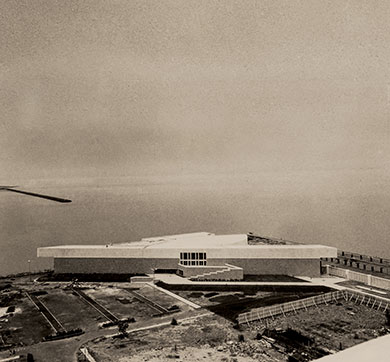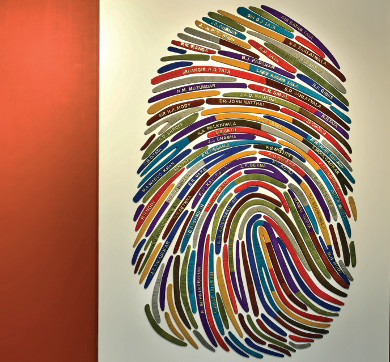February 2022 | 1636 words | 6-minute read
When visitors step into Bombay House — pushing through doors that come together to form the iconic Tata ‘T’ — not everyone realises that they have walked into the company of a Maqbool Fida Husain masterpiece. The 1962 oil on canvas of horses, the leitmotif of the artist’s oeuvre, stands in a quiet nook of the lobby. Unobtrusively waiting to catch your eye while more masterpieces, by some of India’s most revered artists, wait to dazzle employees and visitors alike further inside the Tata group headquarters.
The Tatas, since the days of the Founder Jamsetji Tata and his sons, have been great patrons of art. Building on that legacy, the group is today home to one of the most extensive art collections in corporate India.
“The family extended its acumen for private collecting to its fast-growing corporate spaces, industrial plants and townships, and the companies commissioned artists to document their projects,” Priya Maholay-Jaradi, convenor, Art History Minor at the National University of Singapore, noted in a diary commemorating the art collecting of the Tatas over 150 years. “Tata offices became repositories of artwork from landmark periods in Indian history: for instance, works by the Bombay Progressives, including MF Husain, SH Raza, FN Souza and AA Raiba, who defined modern art for independent India.”
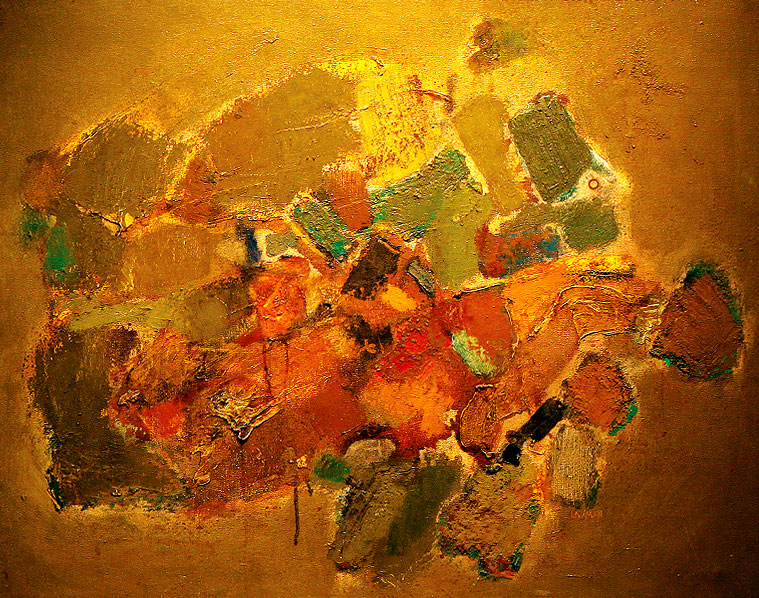
India's first industrial landscapes
The first industrial artworks in India — a series of landscapes on the Jamshedpur steel plant — were commissioned by the Tatas in the late 1940s, soon after India’s independence. The artist was Walter Langhammer, an Austrian who had escaped the Nazi persecution and made Mumbai his home.
He spent three months in Jamshedpur creating a ground-breaking series of paintings that documented India’s industrial achievement. During this time, Langhammer also established the Jamshedpur School of Art, but his impact on the art within the Tata group went well beyond that.
The artists and the patrons
Back in Bombay, Langhammer was a mentor to several promising young artists. This included the founding members of the seminal Progressive Artists’ Group (PAG) — Husain, Souza, Raza, KH Ara, HA Gade and SK Bakre — and associated members like VS Gaitonde, Krishen Khanna, Akbar Padamsee, Tyeb Mehta, Ram Kumar and Bal Chabda.
All artists who grew over the coming decades with support from the Tata group. And all artists who went on to become the most revered and collectible Indian artists.
“JRD Tata’s policy remained that of quiet and effective representation… which is why the Tata group’s silent presence in the art world was felt through Jamshed Bhabha and his brother, Dr Homi Bhabha,” Ms Jaradi documented in a Tata Review years ago.
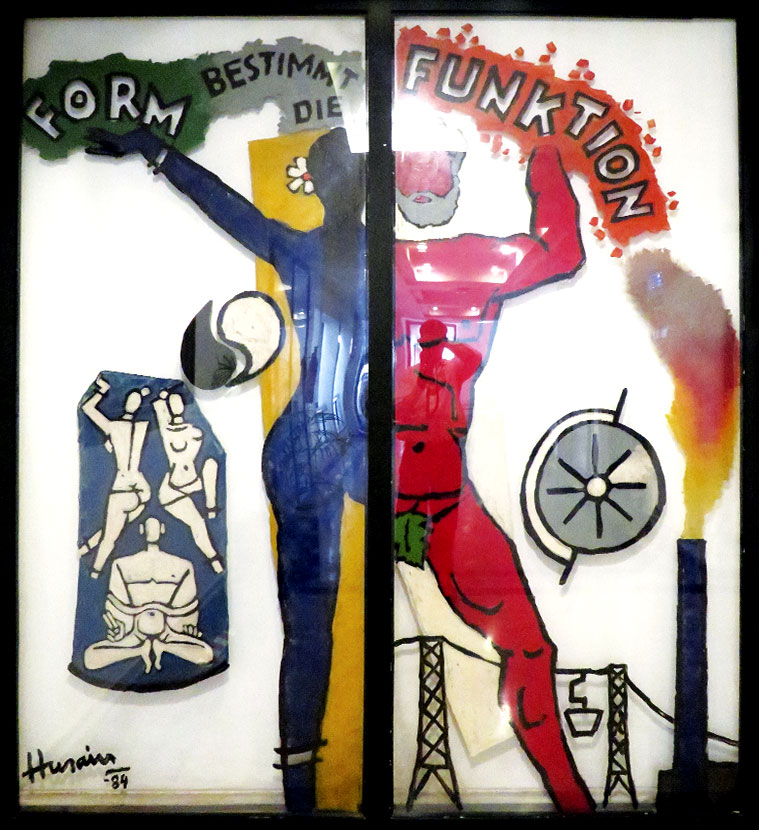
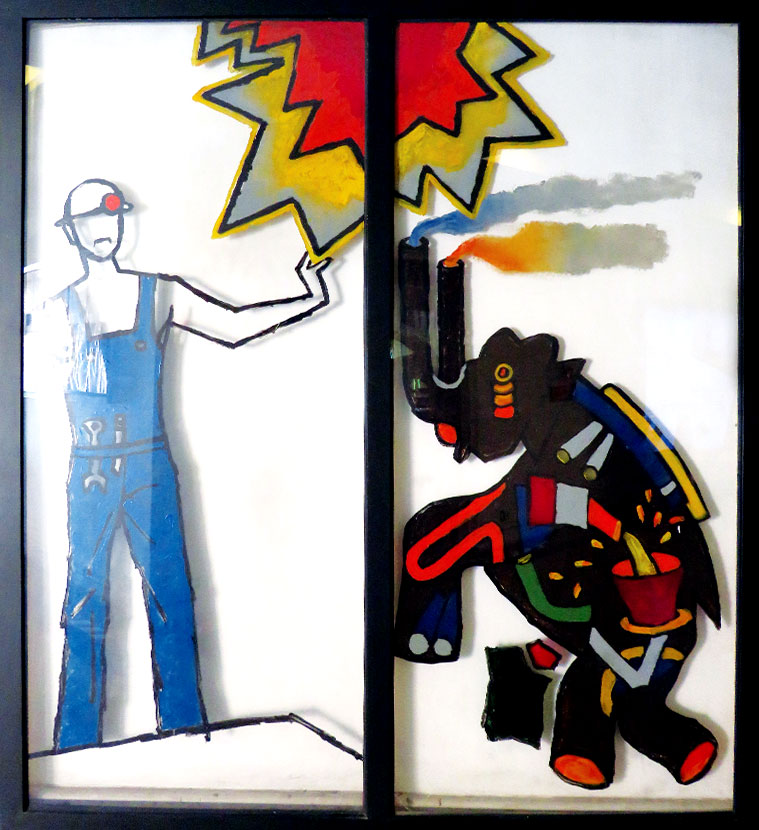
Dr Bhabha, who established the Tata Institute of Fundamental Research (TIFR), was a close friend of several of these artists as well as a patron. An artist of merit himself, he translated this keen interest into building a museum-like collection of contemporary Indian art at the TIFR campus through the 1950s and 1960s. Highlights from the collection include magnificent Gaitondes, Aras, Jehangir Sabavalas and Mehtas; one of the largest single paintings of Jamini Roy; and a striking mural by Husain. The mural, the result of a competition spearheaded by Bhabha, is a major attraction on campus even today.
Parallelly, in the 1960s, Rodabeh Sawhney, JRD Tata’s younger sister, began procuring some of the best works of art being produced in India for the Taj hotels.
“The Tatas certainly encouraged PAG members, but that did not mean they ignored those not attached to the group,” wrote Ms Jaradi. “Naval Tata, when he was with the International Labour Organization, took along with him a brilliant work of the native artist Piraji Sagara. Similarly, the Bombay Group too found recognition in the enlightened and diversified patronage of the Tatas. Works by Madhav Satwalekar, Shiavax Chavda, KK Hebbar and NS Bendre were part of the Tata collection. Chavda’s talent as a muralist was later also used at the National Centre of Performing Arts by Jamshed Bhabha.”
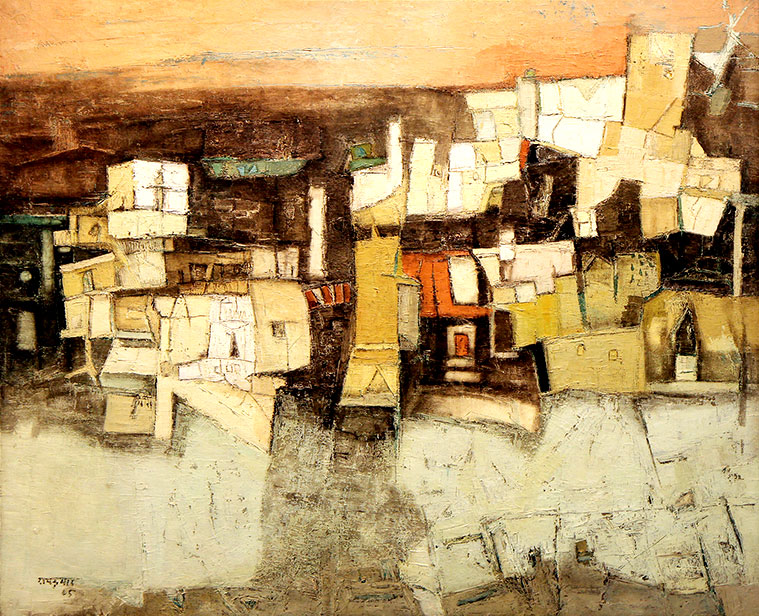
The collections
The Indian Hotels Company Ltd (IHCL), today, has one of the most important collections of Indian contemporary art. Specifically, the artworks acquired from 1968 to the 1970s represent a grouping of the foremost post-independence Indian artists: Husain, Raza, Roy, Mehta, Ara, Bendre, Sabavala, B Vithal, B Prabha, Baiju Paithan, Bose Krishnamachari, Krishen Khanna, and Gaitonde — the artist who holds the record for the most expensive Indian painting.
At the heart of building this collection was the Taj Art Gallery at The Taj Mahal Palace, Mumbai. For decades, it was one of the most important spaces in the country for artists. “Rented weekly to young contemporary artists,” noted a spokesperson from the Taj Mahal Palace, Mumbai, “the gallery helped to create an awareness of modern art among Bombay’s leading citizens and encouraged patronage. … A number of choice paintings exhibited in the gallery were bought to embellish the interiors of the Taj hotels — and today the Taj is in many ways an extension of that art gallery.”
The Taj Art Gallery reopened in 2016. “It coincided with a moment of great artistic activity in the country, especially from a young generation of artists working with painting, sculpture, and a range of experimental media,” says a spokesperson from IHCL.
The group’s epicentre of art collection began to shift to Jamshedpur in the mid-1980s. In 1984, Tata Steel sponsored Husain to an industry exhibition in Hanover, Germany, where he painted at the company hangar. These acrylic paintings were shipped to India and are now housed at the Tata Steel Centre for Excellence (CFE) in Jamshedpur.
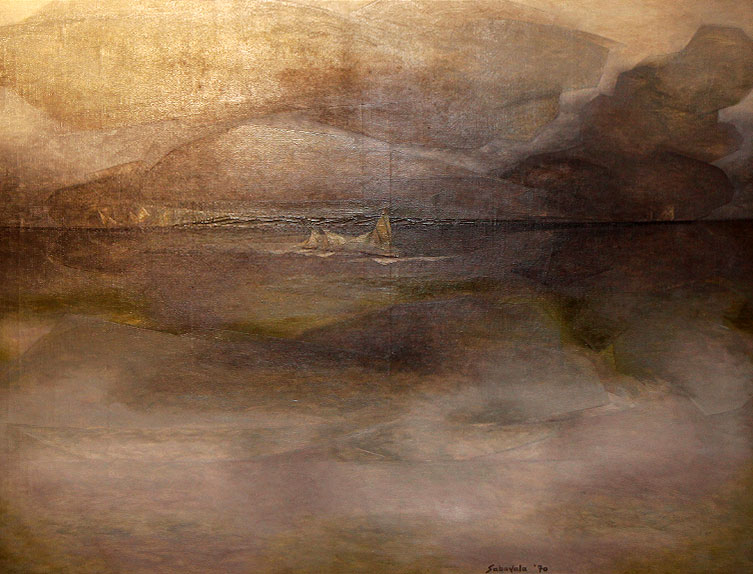
Husain's paintings at CFE share space with sketches by Dr Homi Bhabha and cartoonist RK Laxman, who visited Jamshedpur in 1993. The Tata Steel collection also includes the paintings of Sabavala, KK Hebbar, Jatin Das, Anjolie Ela Menon, B Prabha, Paritosh Sen, Mario Miranda, and Bikash Bhattacharya.
Many of these masterpieces made their way into the collection through Tata Steel’s annual Art-in-Industry camps, which began in 1993 at the CFE. The art camps uniquely platformed renowned artists with upcoming, local and tribal artists.
“The concept of Art-in-Industry dates back to 1943 when Tata Steel was one of the prize donors of an exhibition and sale of art in the JJ School of Art, Mumbai, wherein artists were invited to compete for prizes and scholarships,” noted a spokesperson from Tata Steel. “The aim even then was not merely to be able to sell the entries or acquire the paintings, but also to bring the talent of lesser-known artists to the notice of leading industrialists and patrons of art. Tata Steel recontinued the patronage through regular art camps for young talent in the city of Jamshedpur.”
Art-in-Industry evolved into the wider format of an Art Residency in 2018, bringing together eminent sculptors, painters, and ceramic artists onto one platform.
The Tata art collection grew further in 2001 when Computer Maintenance Corporation (CMC) merged with TCS. The artworks — carrying names as legendary and eclectic as Souza, Badri Narayan, Menon, Manjit Bawa, Arpana Caur, Subodh Gupta, Rameshwar Broota, Jogen Chowdhury, Laxma Goud and Bhupen Khakhar — had been created in CMC art camps through the 1970s and the 1980s. The never-seen-before paintings were revived and restored by TCS and unveiled for the public through an exhibition.
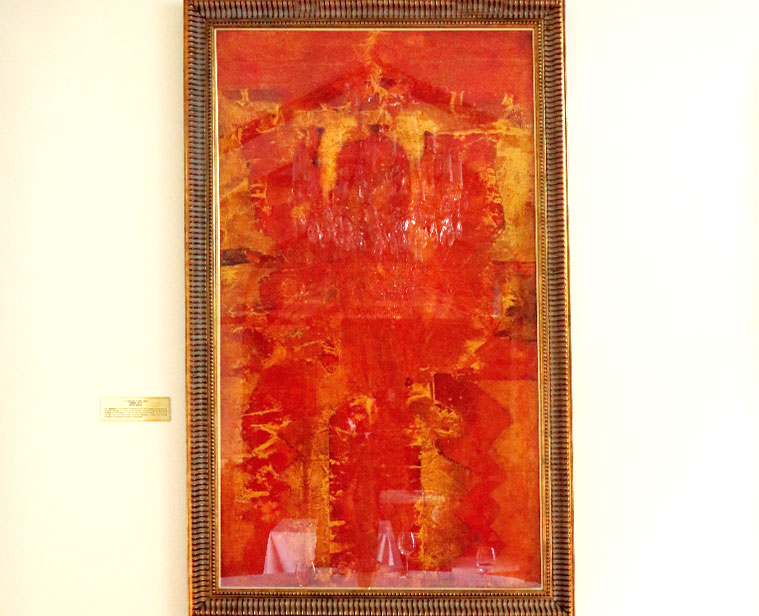
Flashback
Over the course of his extensive travels, Sir Ratan Tata — often guided by expert opinion— collected large numbers of porcelain and decorative objects from Southeast Asia, European paintings, Art Deco artefacts, manuscripts, textiles, arms, and armours. He bequeathed this extensive art collection to the Chhatrapati Shivaji Maharaj Vastu Sangrahalaya (CSMVS) in Mumbai, forming the core of the museum’s collection. Sir Dorabji Tata also willed his art collection to the museum so that the widest cross-section of people would be able to appreciate and gain as much from art as they had in their lifetime.
For the people
“In keeping with the group’s commitment to education, equal access and the unique concept of trusteeship, the artworks have been on display through periodic rotations at the company buildings and affiliated spaces for over seven decades now,” Ms Jaradi noted.
The collections of Tata Sons, Tata Steel, TCS and other Tata companies are distributed across offices, making everyday workspaces extraordinary. All Taj hotels, with art adorning their corridors, public spaces and grand suites, also allow guests to enjoy the masterpieces.
Their most outstanding artwork is housed at The Taj Mahal Palace, Mumbai. Key pieces include Husain’s 'Three Stanzas of the New Millennium' dominating the lobby, Roy’s synthesis of the East and West, and Sabavala’s depiction of sails in a harbour.
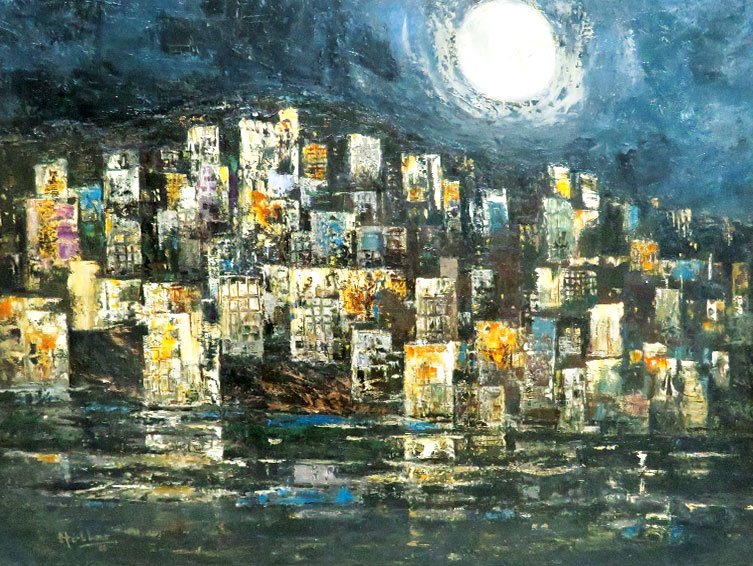
The Taj Mahal Hotel, New Delhi, is home to artwork by KS Kulkarni, Roy, Ram Kumar and unique pieces by RK Laxman. The Taj Falaknuma Palace, Hyderabad, houses artworks combining the best of Indian and Western art; highlight pieces include wall frescos by French artist Jean Gaudier and royal portraits by Italian artist Benzoni. The Art-Deco interiors of Umaid Bhawan Palace in Jodhpur are complemented by exotic murals by Polish artist Stefan Norblin. Nine masterpieces of modern Indian art are also on display at The Pierre in New York, representing key periods in the careers of the artists: Husain, Krishen Khanna, Sabavala, Gaitonde, Padamsee, Prafulla Dahanukar, Ganesh Haloi and Bendre. The Pierre also commissioned special works by contemporary artist Rajesh Pullarwar, who developed a new technique using the silkscreen method to layer inks.
And through each of these paintings, the legacy started by the Founder’s sons lives on.
—Monali Sarkar




